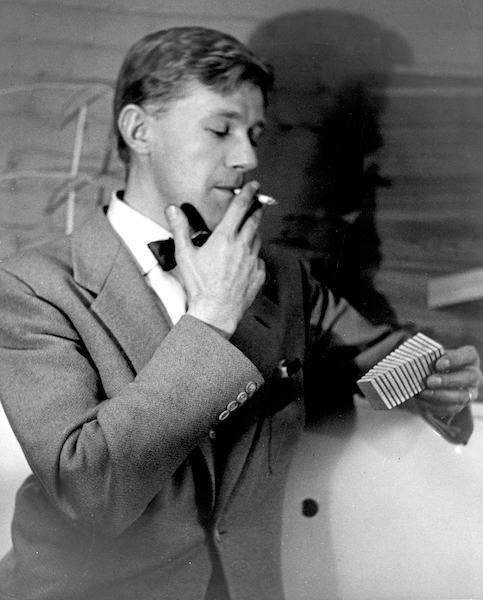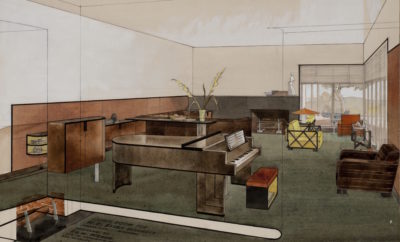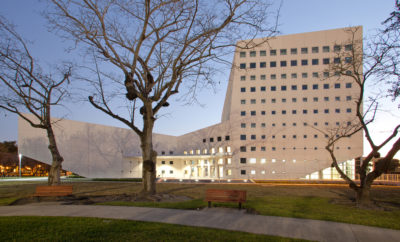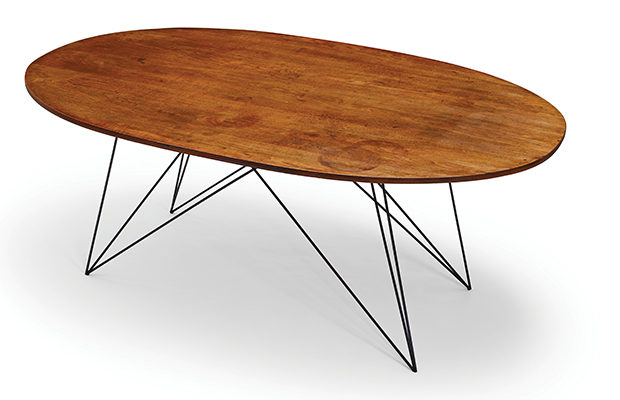 Table: Ralph Smith Photo
Table: Ralph Smith Photo
Design
A spotlight on the last Bauhaus master
AMONG THE MOST STRIKING OBJECTS on view at the Guggenheim Museum’s 2016 retrospective of the work of the Hungarian–born designer, artist, and Bauhaus theorist László Moholy-Nagy was an acrylic chess set. Simple, spare, the game pieces reduced to their essential forms—the set was the epitome of modernist purity. Many visitors were surprised, however, to learn that the chessmen were not the work of Moholy-Nagy himself but of one of his students: Richard Filipowski.
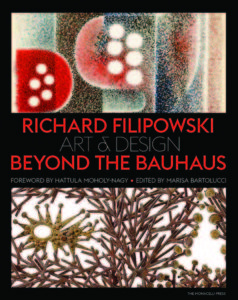
Richard Filipowski: Art & Design Beyond the Bauhaus Edited by Marisa Bartolucci and foreword by Hattula Moholy- Nagy • Monacelli Press, $60
He may still not yet be a household name, but more and more of Filipowski’s work in painting, sculpture, jewelry, and furniture is coming out of private collections and into public exhibitions. It should not take long for this mid-century artist and designer to take his place in the American modernist canon, and a new book will only hasten the process. Richard Filipowski: Art & Design Beyond the Bauhaus (due out in February 2018), a handsome volume edited by Marisa Bartolucci, tells Filipowski’s story through scholarly essays and hundreds of photographs of his work.
In 1942 the Polish-born Filipowski moved from Toronto to Chicago to study under Moholy-Nagy at the School of Design (founded in 1937 as the New Bauhaus, it is today a part of the Illinois Institute of Technology). Recognizing Filipowski’s talent, Moholy-Nagy recruited him to join the faculty upon graduation. (On Moholy-Nagy’s recommendation, Filipowski designed the chess set for a 1944 exhibition The Imagery of Chess, which included sets by Max Ernst, Man Ray, and Isamu Noguchi.) Later, working under Walter Gropius at Harvard, Filipowski developed a design basics course that serves as a foundation of international design pedagogy to this day. He then went on to teach at MIT for more than three decades until his retirement.
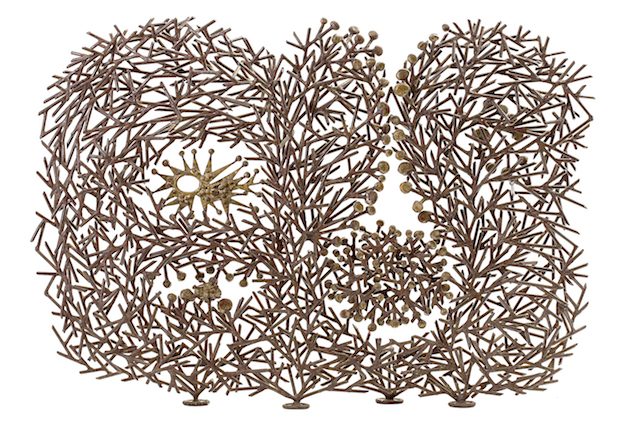
Bronze: Robert J. Levin Photo
During this time, Filipowski developed an enormous body of work, clearly influenced by the Bauhaus but also singular in its rich, organic abstraction. Relentlessly curious and agile in numerous materials, he created works that will be eye-opening to those who thought they knew everything there was to know about mid-century modernism.


